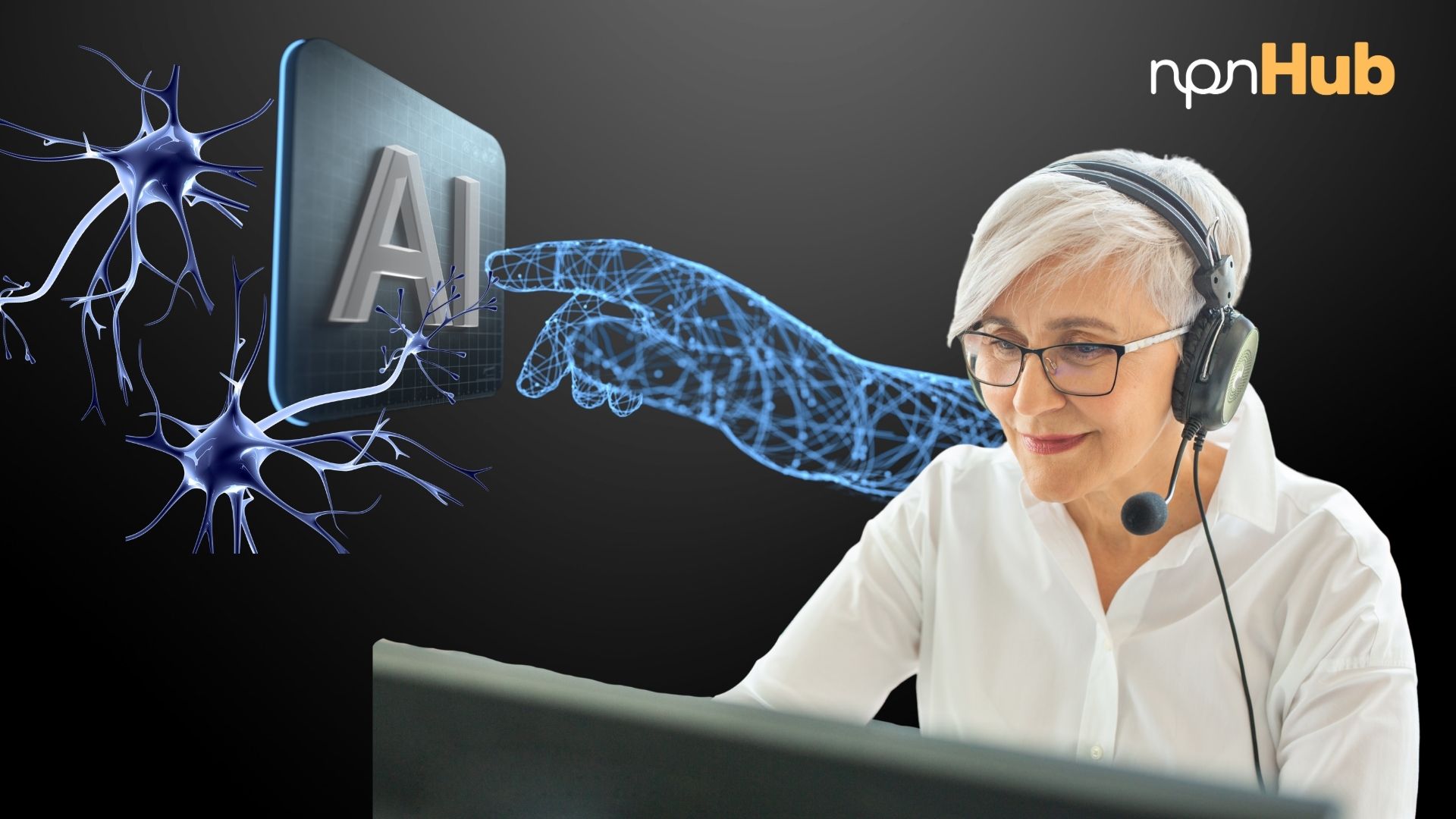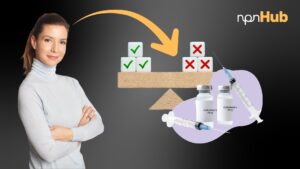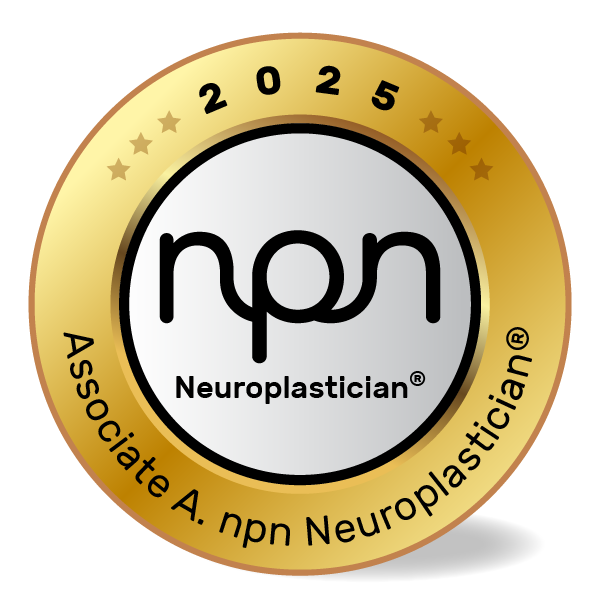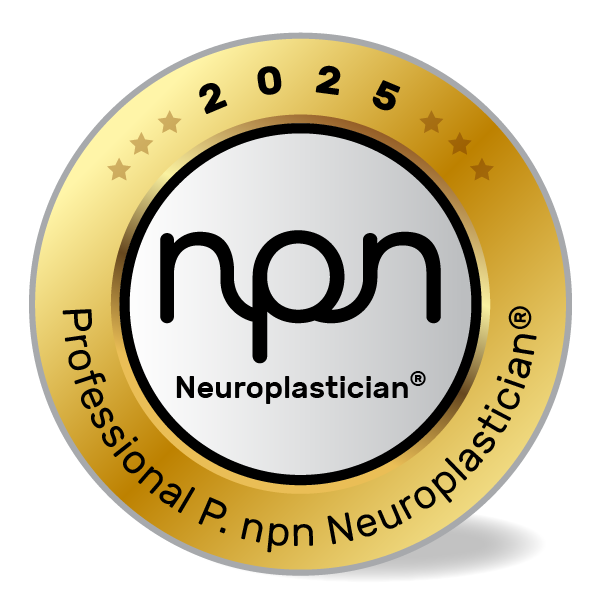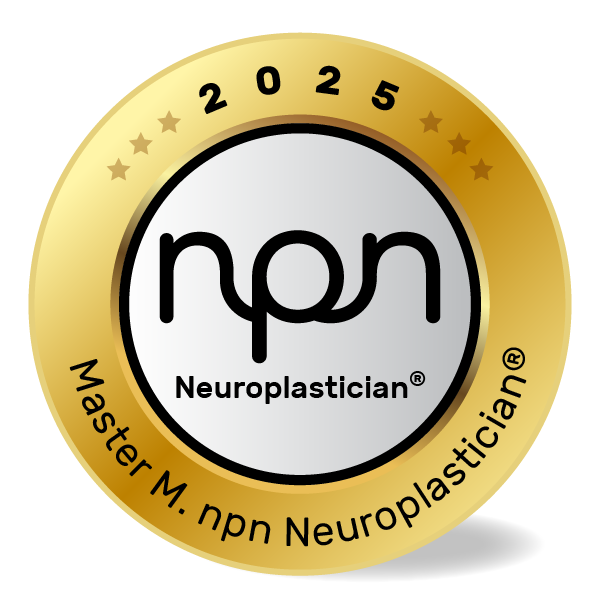Unlocking the Power of Human Neurons for the Future of AI
- Unmatched Efficiency: Human neurons consume much less energy than current AI networks.
- Dopamine Training: Chemical reinforcement teaches organoids to form adaptive neural pathways.
- Applications: Human neurons for biocomputing can now aid in AI, drug testing, and neurological research breakthroughs.
- The Lines Blur: The difference between artificial intelligence (AI) and the brain’s natural intelligence (NI) is no longer clear.
- Get instant access: You can conduct remote biocomputing research from your desk.
Final Spark: The Tiny Brains Powering Tomorrow’s AI
Our brain is an energy-efficient marvel, with 86 billion neurons and trillions of connections, running on just 20 watts—the energy of a single lightbulb. Swiss innovators at Final Spark are transforming our biological brilliance into cutting-edge artificial intelligence. This is the frontier of software, called “wetware”—a revolutionary concept that replaces silicon chips with lab-grown neurons derived from stem cells. By harnessing the adaptability and efficiency of real brain cells, wetware might kickstart a new era of AI in which biology and technology merge to create an entirely new discipline
Growing Tiny Brains
It all starts with stem cells. Final Spark transforms skin cells into neurons, growing them in an orbital shaker (yes, like a brain smoothie maker!). In three months, these stem cells become mini-brains (organoids) that are 0.5 mm in size. These “mini-brains” have about 10,000 neurons that function and are, in fact, real brain tissue.
Talking to Neurons
Researchers use a multi-electrode array to send microcurrent signals to these organoids, which respond with electric spikes. It is possible to see them react in real-time, processing information like our biological brains. Yes, they are tiny but also efficient, and full of possibilities, and might redefine what AI can do—and how it’s done! This is all based on how the brain naturally processes information to reason and make intelligent decisions in an energy-efficient manner.
Artificial Neural Networks—Learn from Nature to use Dopamine
The next step in organoid development is training them to perform useful tasks. Like artificial neural networks (ANNs), which require training to recognize patterns in data, organoids must learn to process information in meaningful ways. However, while ANNs rely on algorithms to adjust connections, organoid training involves a blend of electrical stimulation and chemical reinforcement.
One of the most fascinating tools in this process is dopamine, a neurotransmitter associated with pleasure, reward and motivation. Researchers encapsulated dopamine in molecular cages that can be released with ultraviolet (UV) light. When these neurons perform a desired action, UV light then releases dopamine, rewarding the organoid’s neural network to repeat the action. By promoting the formation of new neural pathways, it mimics the human brain’s reward system, making it a powerful tool for enhancing learning and boosting performance. The training process begins with simple tasks, such as storing bits of information and performing logical operations like “AND” and “OR.” As researchers refine their methods, they are scaling these capabilities to more complex functions, such as image recognition and decision-making and build neuroplasticity—the process of strengthening certain neural pathways.
Bigger Brains, Bigger Dreams
While today’s tiny neural clusters are 5 mm wide, the goal is to grow them to 5–10 cm, requiring breakthroughs in giving these mini-brains their own “blood vessels” to deliver nutrients and oxygen. Final Spark’s Dr. Jordan envisions floating neurospheres powering massive biocomputing centers. “It sounds like science fiction,” he says, “but so did many of today’s technologies.”
Sustainability Superstars
Unlike energy-guzzling silicon systems, organoids are renewable, and energy-efficient, using a fraction of traditional computing power. “This,” Dr. Jordan says, “is a game changer—for technology and for humanity.” With less waste and more adaptability, biocomputing could define the next era of sustainable innovation
Artificial intelligence (AI) and Natural intelligence (NI)
The line between artificial intelligence (AI) and natural intelligence (NI)—our human brain-based cognition—is becoming increasingly blurry, as biocomputing advances merge biological and artificial systems. AI relies on programmed algorithms, computational models, and vast datasets, while NI arises from the dynamic, interconnected neural networks of the human brain, capable of self-awareness, emotions, creativity, and social connection. Unlike the predictable processing of AI, NI evolves contextually through lived experiences, which encompass sensations that are captured through a body-wide receiver network that goes far beyond the brain itself
Interestingly, biocomputing organoids—tiny clusters of human neurons derived from stem cells—function similarly to AI systems. These organoids mimic brain processes such as learning and forming neural pathways, bridging the gap between AI and NI. Understanding the differences between AI and NI is critical to harnessing AI’s strengths, like efficiency and scalability, while preserving human qualities essential for ethical decision-making and innovation.
Final Spark is one of the pioneers in this revolution, leveraging organoid-based biocomputing to replicate the brain’s remarkable adaptability and energy efficiency. By integrating biological networks with AI, they aim to develop systems that are highly adaptable and energy-efficient. As biocomputing introduces the possibility of revolutionizing AI, medicine, and sustainability— it may reshape how we interact with intelligence itself. How will we tell the difference and safeguard what makes us uniquely human? After all, what is consciousness?
The Road Ahead
Dr. Jordan envisions a future where biocomputing centers rival today’s cloud computing hubs, offering unparalleled efficiency and adaptability. “This technology has the potential to redefine computing,” he says. “It’s not just about creating something new—it’s about understanding and leveraging the principles of life itself.”
As the boundaries between biology and technology blur, fundamental questions arise: What defines our brain’s natural intelligence, and how does it differ from artificial intelligence? The ability to grow stem cells into neurons signifies more than a scientific milestone—it showcases humanity’s remarkable capacity for innovation and adaptation. Final Spark’s NeuroPlatform offers an open and remotely accessible system for cutting-edge “wetware” computing research. Visit https://finalspark.com today to gain instant access and conduct biocomputing research from your desk and find out what this is about.
Reference
Final Spark Corp. (2024). Pioneering the future of biocomputing with wetware technology. Research and development in organoid-based neural networks. Final Spark Corp Research Brief. Retrieved https://finalspark.com/how-do-we-know-we-have-real-neurons-in-our-lab/,
Frontiers in Artificial Intelligence. (2024). Open and remotely accessible Neuroplatform for research in wetware computing. In Research Topic: Intersection between the biological and digital: Synthetic Biological Intelligence and Organoid Intelligence. Frontiers in Artificial Intelligence, 7. https://doi.org/10.3389/frai.2024.1376042 www.frontiersin.org/journals/artificial-intelligence/articles/10.3389/frai.2024.1376042/full

